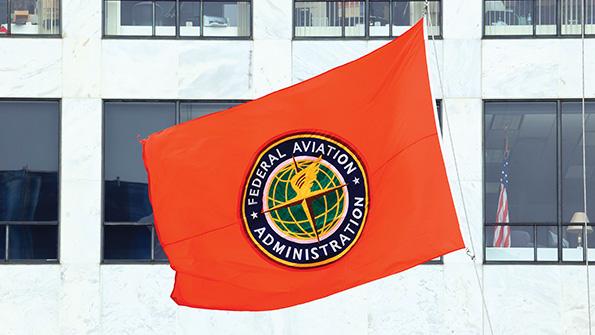Analysis: Warnings To Fix The US Air Transport System Get More Urgent

US global and historic leadership in aviation, from the Wright Brothers to Apollo and all the “firsts” and “biggest” between and since, are well charted and acknowledged. On the commercial transport side, however, America is feeling a bit battered and bruised and, sadly, even nervous.
Boeing, once a towering force in airliner design, production and sales, had its reputation severely tarnished by the 737 MAX crashes, the design issues it hid from airlines and FAA, and ongoing production and delivery delays with that aircraft, the 787 and the 777X. Engine manufacturer Pratt & Whitney, part of the US aerospace and technology behemoth RTX, seems unable to crawl out of the mess of PW1100G geared turbofan problems that are causing hundreds of delivery delays and groundings across the global Airbus A220 and A320 family fleets.
But it’s not just the US commercial aerospace industry that’s looking less than spectacular. The country’s national air traffic management system—historically a jewel admired worldwide—is looking worn, stretched and increasingly fragile.
Among its many problems, FAA has a chronic shortage of controllers. US Transportation Secretary Pete Buttigieg has put the number at 3,000 and airlines have been forced to reduce their schedules to ease the strain and keep the system safe. NextGen, the US program to modernize and utilize more technology in the air management system, has failed to get the long-term funding from Congress that such large and complicated projects demand. US controllers are therefore still using paper strips to hand aircraft oversight from one region to another, and the entire US system was brought to a ground stop in January by a NOTAM outage.
Worst of all, there has been a string of serious near runway incursions to which controller mistakes have contributed. The New York Times published an article highlighting incidents it said were “part of an alarming pattern of safety lapses.”
For Airlines for America (A4A) CEO Nick Calio, there can be no more talking about this behind closed doors out of concern about alarming the public. In serious tones, he delivered a very hard-hitting speech at the Chamber of Commerce Aerospace Summit in Washington DC in September. The US aviation system is “at an inflection point,” he said. “Former problems have festered for years and are coming to an undeniable head now. We cannot afford to let them fester further. … What is happening in the system cannot be sustained if we want to continue being the global leader in aviation and for the industry to be the economic engine that it is.”
Calio called for industry and government to act with urgency and offered some practical solutions. Make the ATC hiring process and progress more transparent; create new hiring streams for controllers, such as leveraging alternate institutions and colleges with aerospace expertise; enable multiyear facilities and equipment technology funding to provide long-term stability for capital projects like NextGen. Too often, Calio noted, FAA must raid its F&E budget to address shorter term issues.
On safety, Calio called for leadership. FAA has been without a permanent administrator since March 2022. A White House nomination for Denver International Airport CEO Phillip Washington failed to get Senate support. The industry has united firmly behind a Sept. 7 nomination for Michael Whitaker—a former FAA deputy administrator and United Airlines executive—and Calio urged the Senate to act swiftly on his confirmation.
“We don’t need another report to tell us that better technology and training are non-negotiable for a complex system like ours. What we do need is leadership … permanent, stable leadership,” he said.
It was a call endorsed by American Airlines CEO Robert Isom at the same summit. “We have to have some leadership at FAA on a permanent basis, with an administrator confirmed and appointed,” he said. “People want to fly and they want to fly more, and here we are talking about slot and ATC constraints.”
Air transport safety should not be a political issue, but much of the common-sense actions that Calio and leaders at the US airlines, unions and other associations are calling for are getting mangled and postponed by the fallout of a bitterly divided and polarized Congress that doesn’t want to be seen “making concessions” to the other side on any issue. Even air safety, among politicians who fly regularly.
Whether solving all the issues of FAA funding and leadership, ATM modernization and controller hiring can be achieved, let alone expedited, therefore remains a big question mark.
But Calio made clear the awful consequences of not acting.
“We cannot afford to wait until something breaks,” he warned.
For the US to hold on to its global aviation leader crown, that break would be tragic and perhaps irreparable.





